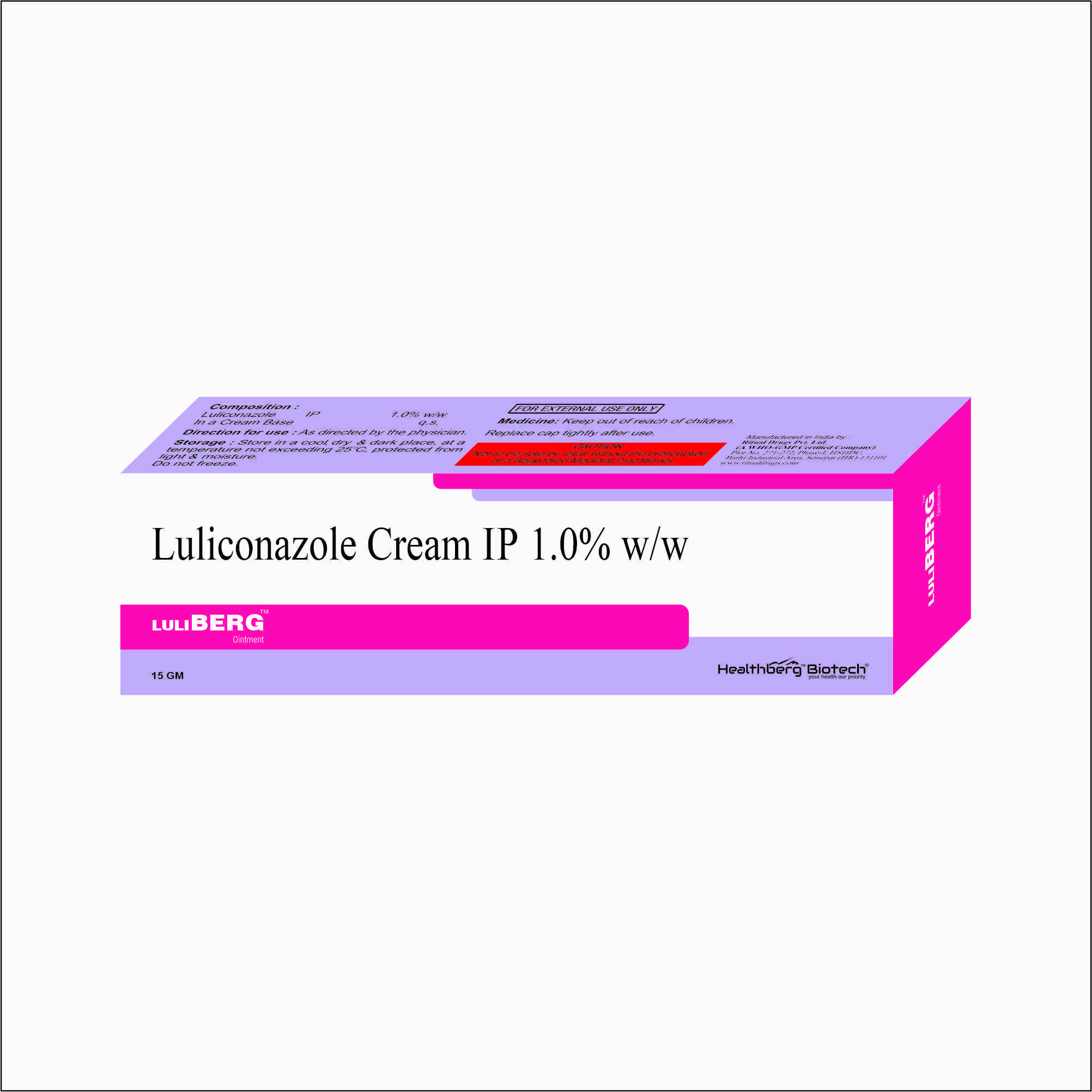
| Formulation | LULICONAZOLE 1.0% W/W OINTMENT | |
| Packaging | 15 GM | |
| MRP | ||
| Tax Bracket | ||
| Indicated By | ||
| Marketing Material | Visualaids, Branded Stationary, MR Bags, Prescription Pads etc |
Luliconazole 1.0% w/w ointment is a medication used topically to treat fungal infections of the skin caused by certain types of fungi, such as dermatophytes. It belongs to the class of antifungal medications and is primarily prescribed for specific fungal skin conditions. Here are some common uses and potential problems associated with Luliconazole 1.0% w/w ointment:
Uses:
Problems and Considerations:
In summary, Luliconazole 1.0% w/w ointment is a topical antifungal medication used to treat specific fungal skin infections. While it can be effective in treating these conditions, it’s important to use it as directed by a healthcare provider and to be aware of potential side effects and considerations. If you suspect a fungal infection or have concerns about skin issues, consulting a healthcare professional is recommended for proper diagnosis and treatment.
There are no reviews yet.